Thirty years ago, a young white mother from South Carolina made headlines when she claimed to have been carjacked by a Black guy who forced her out of the vehicle and drove away with her two young sons.
For nine days in October 1994, the community rallied around Susan Smith, then 23, and her then-husband David, as they appeared in front of TV cameras, tearfully pleading for the safe return of their sons, Michael, three, and Alexander, fourteen months.
However, the two tiny boys’ bodies remained at the bottom of a South Carolina lake, still strapped in their car seats inside their mother’s automobile.
The boys’ mother knew precisely where they were.
On November 3, 1994, Smith said that she had strapped her toddlers into their car seats, driven to a boat ramp, put her car in neutral, and let it roll into the lake. She saw the automobile sink into the surface, trapping her children inside.
Then she resorted to racial stereotypes, inventing a narrative about a fictitious Black man and a fake carjacking.
The case became a national sensation, generating international headlines and inspiring countless books, documentaries, and films.
Smith, 53, is spending life in prison after a jury opted not to execute her in 1995. Under the law at the time, she was considered eligible for parole after serving 30 years.
The time has come.
She appeared before a seven-member parole board via video connection from prison on Wednesday, pleading for her release.
“First and foremost, I want to express my deepest apologies,” Smith said, crying. “I know what I did was horrible and I’d do anything to go back and change it.”
The case of the ‘Killer Mom’
In 1994, the small South Carolina town of Union was inundated with reporters, all following a scary story about a mother saying she was carjacked late at night on October 25 by a Black man with a pistol who sped away with her two children still inside.
However, detectives quickly discovered that key parts in Smith’s story did not fit up. Carjackers typically only seek a vehicle, so they were perplexed as to why this individual would let Smith go but not her children.
Smith first informed police that the carjacking occurred at the Monarch Mills intersection when she was stopped at the traffic light, but investigators stated that it would only be red if another car was waiting to cross, despite Smith’s claim that no other cars were present at the time.
Smith only changed one thing in his revised statement: the carjacking took place at the Carlisle crossroads rather than Monarch Hills.
Union County Sheriff Howard Wells confronted Smith about the conflicting details, informing her that undercover officers were conducting a drug investigation at that exact intersection that night and had not seen the alleged carjacker, according to Sheriff Wells, who told her that he would have to tell the media about the lie because her accusation had caused tension in Union’s Black community.
Smith eventually confessed to the murders, stating that she strapped her boys into their car seats and drove to John D. Long Lake, where she let her car roll down a boat ramp into the water.
She told detectives that she wanted to commit suicide with her sons because she believed the boys would be better off with her and God than without a mother — but then got out of the car.
A simulation by investigators revealed that it took six minutes for the Mazda to sink below the water’s surface, while cameras inside the vehicle showed water rushing in via the vents and gradually rising.
The boys’ bodies were discovered hung upside down in their car seats, with one little hand pressed against the window.
‘I am not the monster society thinks I am’
Smith’s trial in July 1995 became a national phenomenon and a true crime landmark despite not being broadcast because Judge William Howard was concerned about the media circus surrounding the O.J. Simpson murder trial, which was taking place at the same time.
Prosecutors alleged Smith’s motive for the murders arose from an affair she was having with Tom Findlay, the son of a rich local company owner.
A week before the murders, Findlay sent Smith a letter that would become essential to her argument. He told Smith that, while he was emotionally interested in her, he did not want children, according to a 2005 Birmingham News interview with Findlay.
Authorities at the time said that Smith’s avarice, ambition, and desire for a relationship with Findlay drove her to murder her children.
According to The New York Times, Smith’s attorneys said she was suffering from a mental breakdown and planned to die alongside her children before saving herself at the last minute.
The trial lasted less than a week, and after less than two and a half hours of deliberation, the jury convicted Smith of two counts of first-degree murder.
Judge Howard then sentenced her to 30-years to life in jail.
“We all felt like Susan was a really disturbed person,” jury Deborah Benvenuti told reporters after the judgment, according to the Washington Post. “And we all felt that giving her the death penalty wouldn’t serve justice.”
David Smith, the boys’ father, felt differently. He told reporters outside the courthouse at the time that he did not believe justice had been done.
The two were legally separated at the time of the killings, but David teamed up with Smith to find their boys. Everything changed once she admitted to killing their children.
“I’ll never forget what Susan has done and I’ll never forget Michael and Alex,” he told me. “Me and my family of course are disappointed that the death penalty wasn’t the verdict.”
Meanwhile, Smith has repeatedly stated that she is misunderstood by society.
“I am not the monster society thinks I am,” she stated in a letter to The State newspaper in 2015. “I am far from it.”
“Something went very wrong that night,” she explained. “I wasn’t myself. I was a decent mother who adored my boys. There was no motivation, as it was not even a planned event. “I wasn’t thinking clearly.”
Drugs, sex and prison guards
From having sex with prison guards to breaching laws to chatting with a number of infatuated admirers on the outside, Smith’s stay in jail has been fraught with scandal.
Smith began her time at the Camille Griffin Graham Correctional Institution in Columbia, South Carolina, where she was charged with two violations for having sex with prison guards in 2000.
An detective checking into tabloid accusations that Smith had been beaten discovered the instances.
Instead, UPI reported that Smith, who was 28 at the time, had intercourse with 50-year-old jail officer Houston Cagle at least four times. Smith was punished, and Cagle was fired.
Because of the power imbalance, “basically there is no such thing as consensual sex between staff and inmates,” Corrections Department Director Doug Catoe said of Cagle and Smith.
Then, in September 2000, prison commander Alfred Rowe was arrested for having sex with Smith, ABC News said. Rowe pleaded guilty and earned five years of probation.
Smith was then moved to the Leath Correctional Institution in Greenwood, South Carolina.
Smith received at least five disciplinary actions between 2010 and 2017, including for self-mutilation and drug usage, according to PEOPLE.
Could Susan Smith go free?
Smith’s parole hearing is slated for November 20.
In South Carolina, parole is only granted around 8% of the time and is less probable on an inmate’s first appearance before the board, in notable cases, or when prosecutors and victims’ families disagree, according to the Associated Press. Smith comes within all of these categories.
Tommy Pope, the lead prosecutor in Smith’s trial and now Republican Speaker Pro Tem of the South Carolina House, said he intends to tell the parole board that when jurors rejected the death penalty, they believed a life sentence meant the rest of her life and that she could not be released after 30 years.
“She now has sugar daddies who want to take care of her when she gets out. “She’s remained focused on Susan,” Pope explained.
Earlier this month, the South Carolina Department of Probation, Parole, and Pardon Services reported to various news sources that over 127 letters had been submitted to their department regarding Smith’s parole application.
The letters are not publicly available, but a Smith family source told The New York Post that many of them are opposed to Smith’s probable release and contain disparaging remarks, including one suggesting that Smith “belongs in that lake with her boys.”
‘I’m terrified she could possibly get out’
Smith filed for divorce from David in September 1994, few weeks before she murdered their children. A judge granted their divorce in May 1995, a few months before her trial began.
David has now remarried and had two more children.
He recently stated that he is “terrified she could possibly get out,” but that he will do “everything in my power” to keep Smith behind bars. He also disclosed to Court TV what he would say if he came face-to-face with her.
“I would just tell her that you have no idea of how much damage you have done to so many people,” the man replied.
“I would tell her that in my capabilities I’m going to do everything in my power to make sure you stay behind bars.”
David came out against her release on Wednesday.
“I’m here to advocate on Michael and Alex’s behalf as their father,” he told the parole panel. “God grants us free will. She made this decision. This was not a tragic mistake. She intended to end their lives.”
The parole board denied her request, and she will remain in prison.





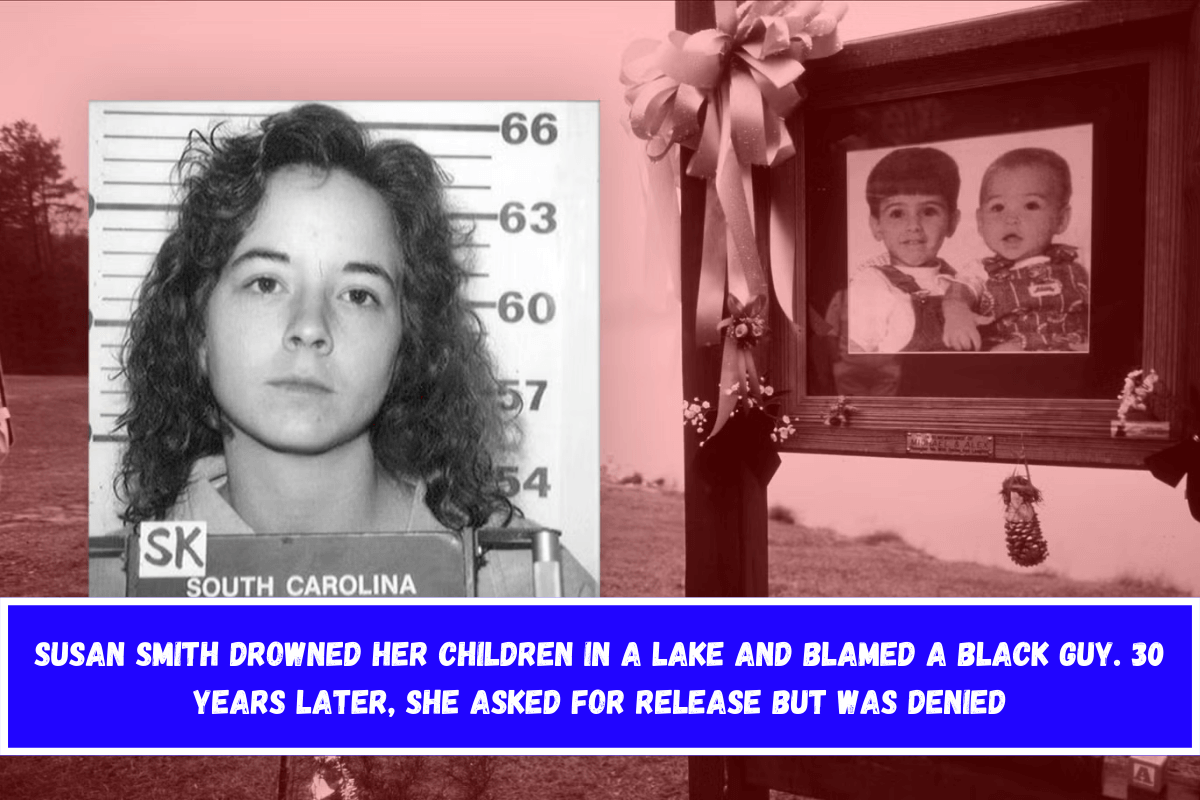
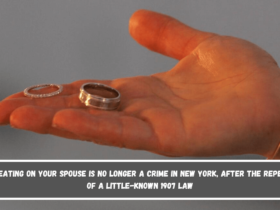





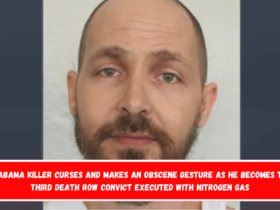
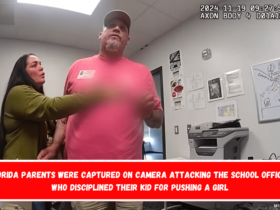
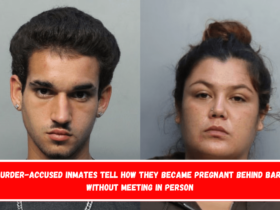
Leave a Reply